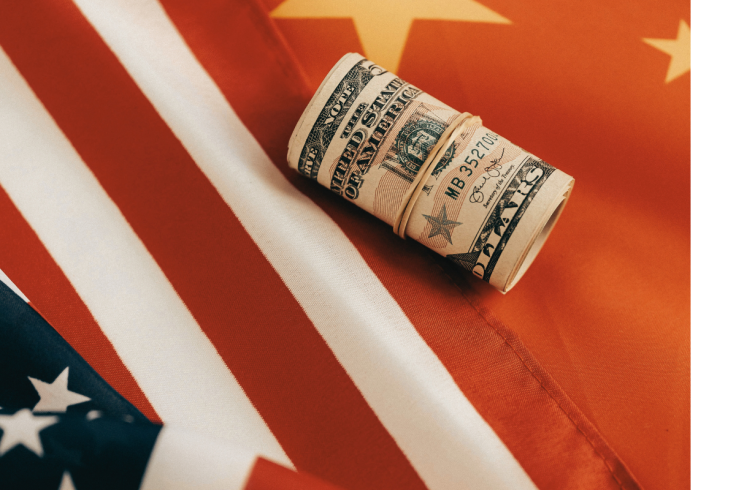When Did China Stop Being A US Ally And What Would Happen If They Enter A Trade War

China and the United States were never bosom buddies like NATO allies, but they once shared a strategic handshake that's since gone cold. The tale of their falling out, and the chaos a full-on trade war could unleash, is a gripping mix of history, economics, and power plays.
Let's rewind to when this partnership cracked and peek into the pandemonium that might follow if trade tensions boil over.
The Pivot Point: From Cooperation to Competition
The US and China cosied up in the 1970s, sparked by President Richard Nixon's landmark trip to Beijing on 21 February 1972. It wasn't a formal alliance but a tactical truce, fuelled by a shared goal of boxing in the Soviet Union during the Cold War.
Diplomatic ties solidified on 1 January 1979, and for years, they danced an awkward waltz—China craving Western tech, the US eyeing a geopolitical edge. Things shifted in the early 2000s. China's WTO entry on 11 December 2001 turbocharged its economy, turning it into a global factory. By 2008, flexing its Olympic glow and crisis resilience, China's swagger grew.
The real rift widened under Trump. On 6 July 2018, he slapped tariffs on £26 billion ($33 billion) of Chinese goods, kicking off the US-China trade war, as noted by BBC News. This wasn't a sudden divorce but the moment the masks dropped, China morphed from a useful partner to a formidable foe in America's eyes.
Why the Split? A Clash of Systems
What drove the wedge? It's less a single blowout and more a slow burn. Xi Jinping's rise on 14 November 2012 hardened China's authoritarian streak, ditching the market reforms the US banked on. Meanwhile, America fumed over China's trade tricks (subsidies, tech theft, and closed markets) seeing its economic crown at risk.
The 2018 tariffs were the flare-up of a deeper feud. China's Belt and Road Initiative, launched in 2013, and South China Sea muscle-flexing only fanned the flames. Their Cold War alignment was a marriage of convenience—once the Soviet threat faded, so did the glue.
Trade War Fallout: What Could Happen?
If the US and China dive into a deeper trade war—beyond the 2018-2025 skirmishes—the stakes are colossal. A total trade rupture would shred supply chains.
In 2024, US imports from China hit £342 billion ($438 billion), with exports at £112 billion ($144 billion), per the US Trade Representative. Trump's latest threat on 8 April 2025—100% tariffs—could double household costs from £1,489 ($1,900) annually, as the Tax Foundation warned during earlier hikes.
But China holds a trump card: rare earths. Controlling 70% of global supply in 2023, per the US Geological Survey, a ban on elements like dysprosium (£237 ($304) per kg) could throttle US tech and defence, from drones to Teslas. Alternatives exist, but not overnight.
Beyond Economics: Power Plays
This isn't just about cash, it's a slugfest for supremacy. China might pump £79 billion ($101 billion) into homegrown tech, echoing its post-2018 push. The US could choke China's chip supply—2022 controls already cost £4 billion ($5.1 billion).
Proxy battles could flare: China arming US rivals, or America funnelling £16 billion ($20 billion) to Taiwan. A hot war's unlikely, but the risk simmers. The old rapport's ashes—now it's a rivalry that could redraw the world. Hold tight; it's going to get bumpy.
© Copyright IBTimes 2025. All rights reserved.





















